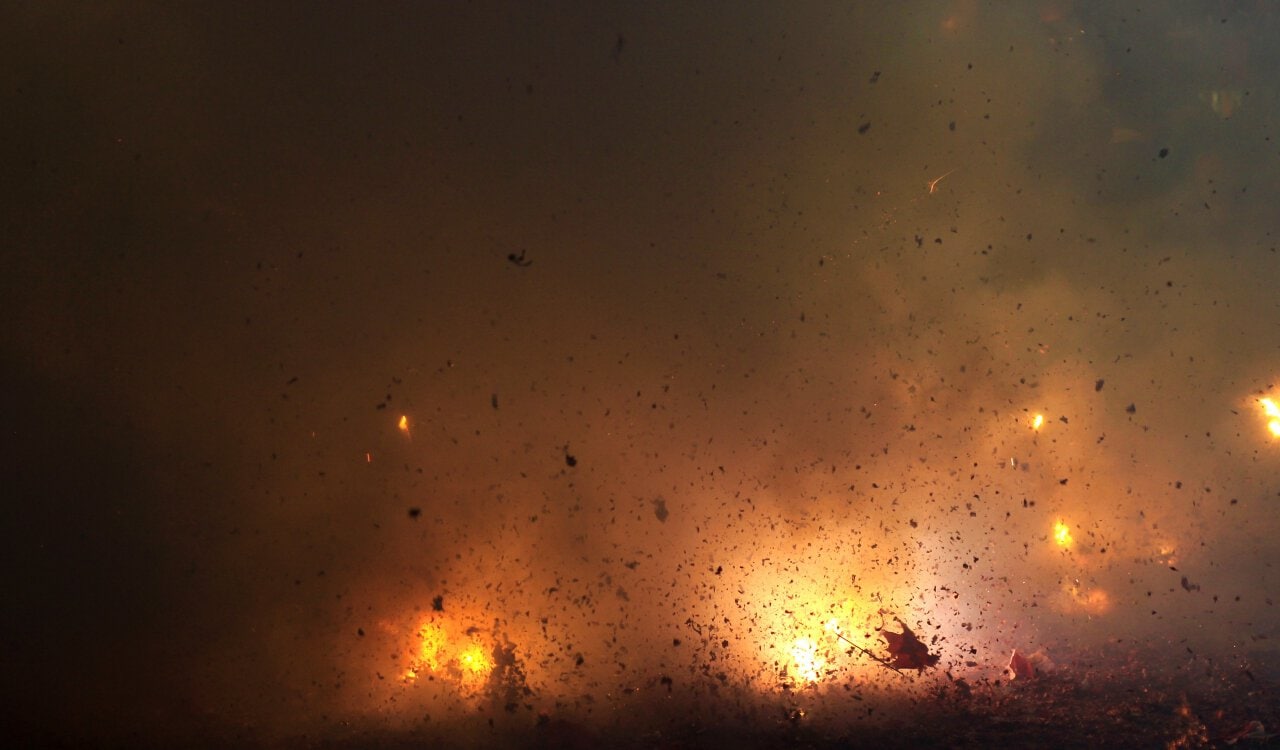While we hope to never experience any sort of nuclear war in our lifetime, we must prepare for the worst case. With so many countries having access to nuclear weapons, there are not enough deterrents to stop all bombs that could hit us. We have not seen a nuclear bomb dropped on a country since the atomic bombs dropped on Hiroshima and Nagasaki in Japan back in August of 1945. Several countries have had access to nukes, so why have none been used since?
The answer to this is simple: mutually assured destruction. Essentially, if we dropped a bomb on a country, they’d drop one on us. While we can use some deterrents to prevent some destruction, there will still be catastrophic damage. Once one bomb is sent, it would be a domino effect. For if someone is going to hit our nation with a bomb, the initial victim will surely retaliate. Not only would the initial strikes be devastating, but the environmental impact would be world-changing. What if this type of thing does occur or what if just one region was hit on Earth? In this article, we’ll discuss everything one would need to consider about the radioactive fallout from a nuclear bomb.
The Fallout Composition

When a radioactive fallout occurs from something like a nuclear explosion, there is a lot to worry about. Perhaps the first thing you’d need to keep an eye out for is fallout composition. Think of things like dust particles, soil, debris, and even vaporized material. These particles can obviously vary when it comes to size. Some of it can be microscopic such as the aforementioned dust particles. Yet it can also be fairly large too, such as debris. When it comes to debris, you could be in quite a lot of danger as it could be falling out of the sky. Sometimes debris is on the move from an explosion and could be headed toward local communities incredibly fast. You’ve seen how explosion vibrations are able to break windows. Imagine debris as it’s headed into a community. It could take out entire communities alone!
